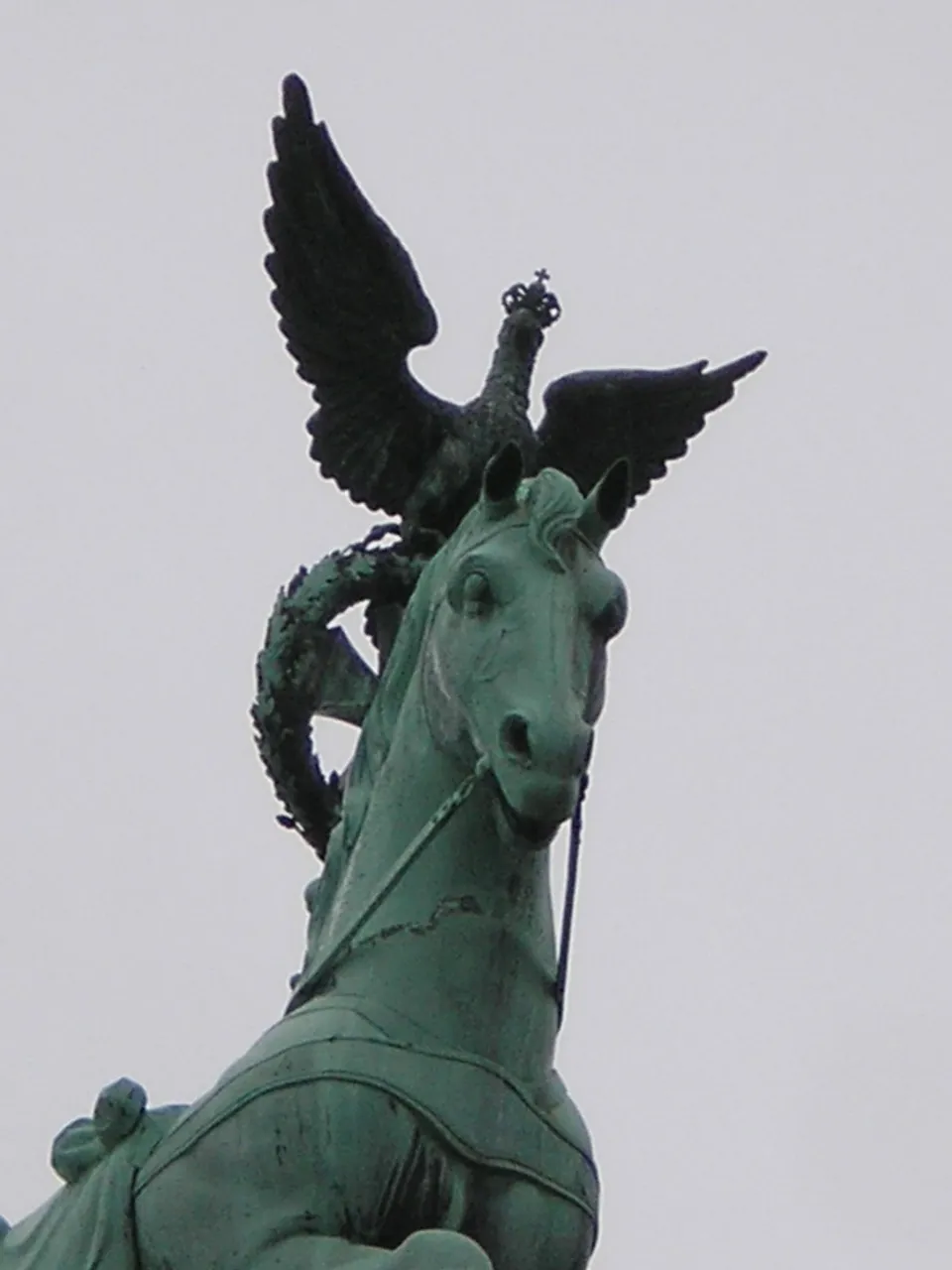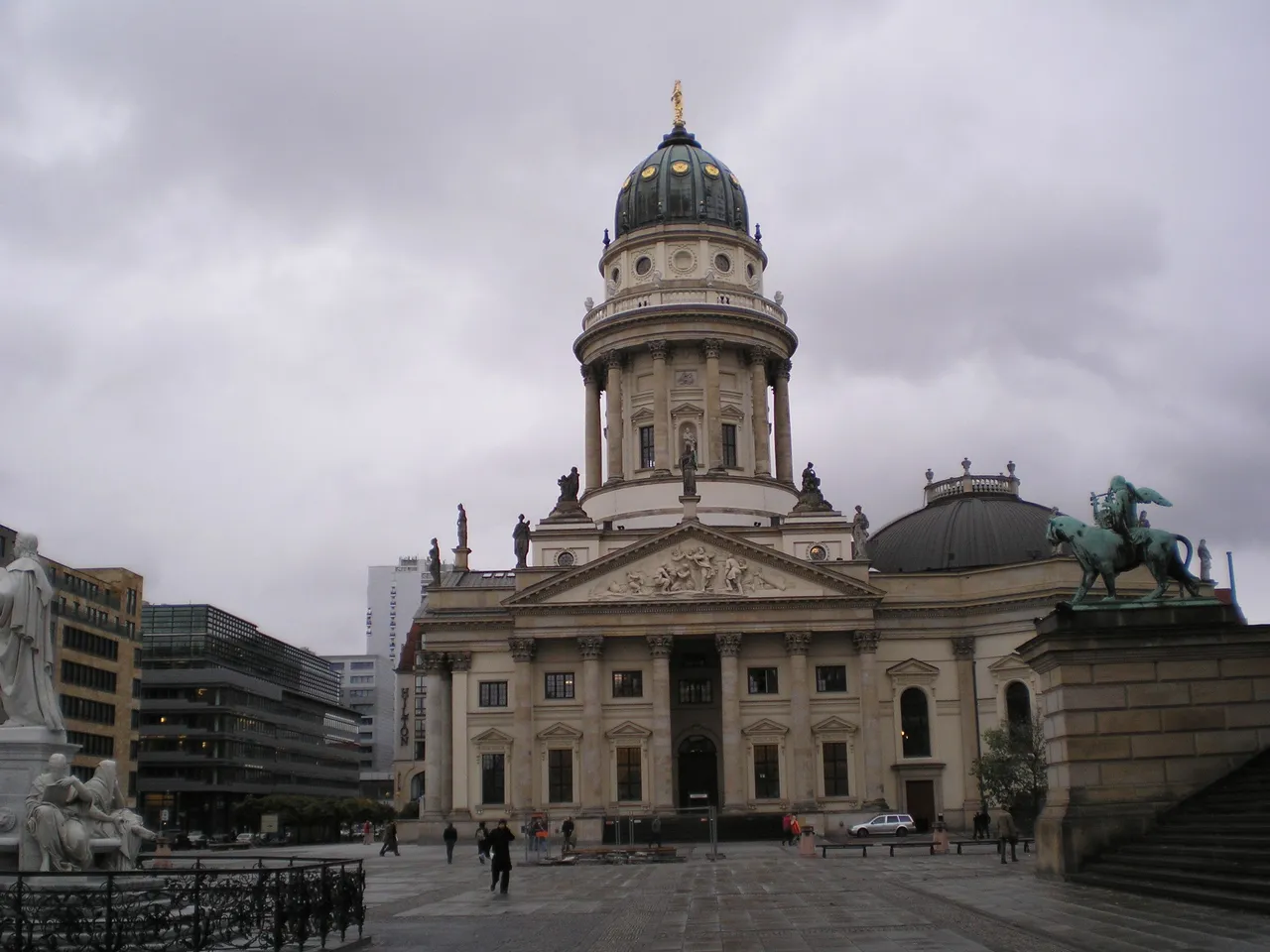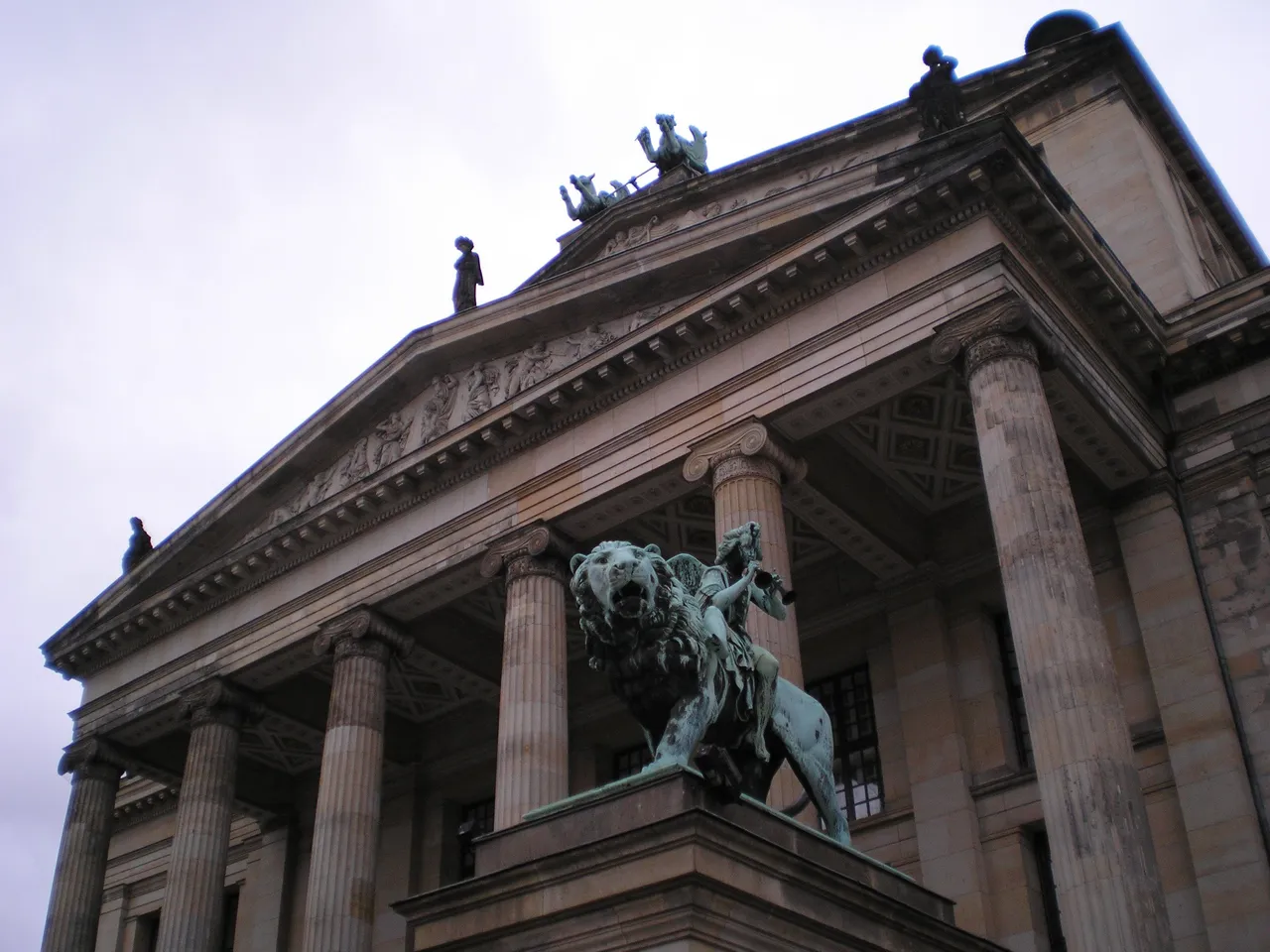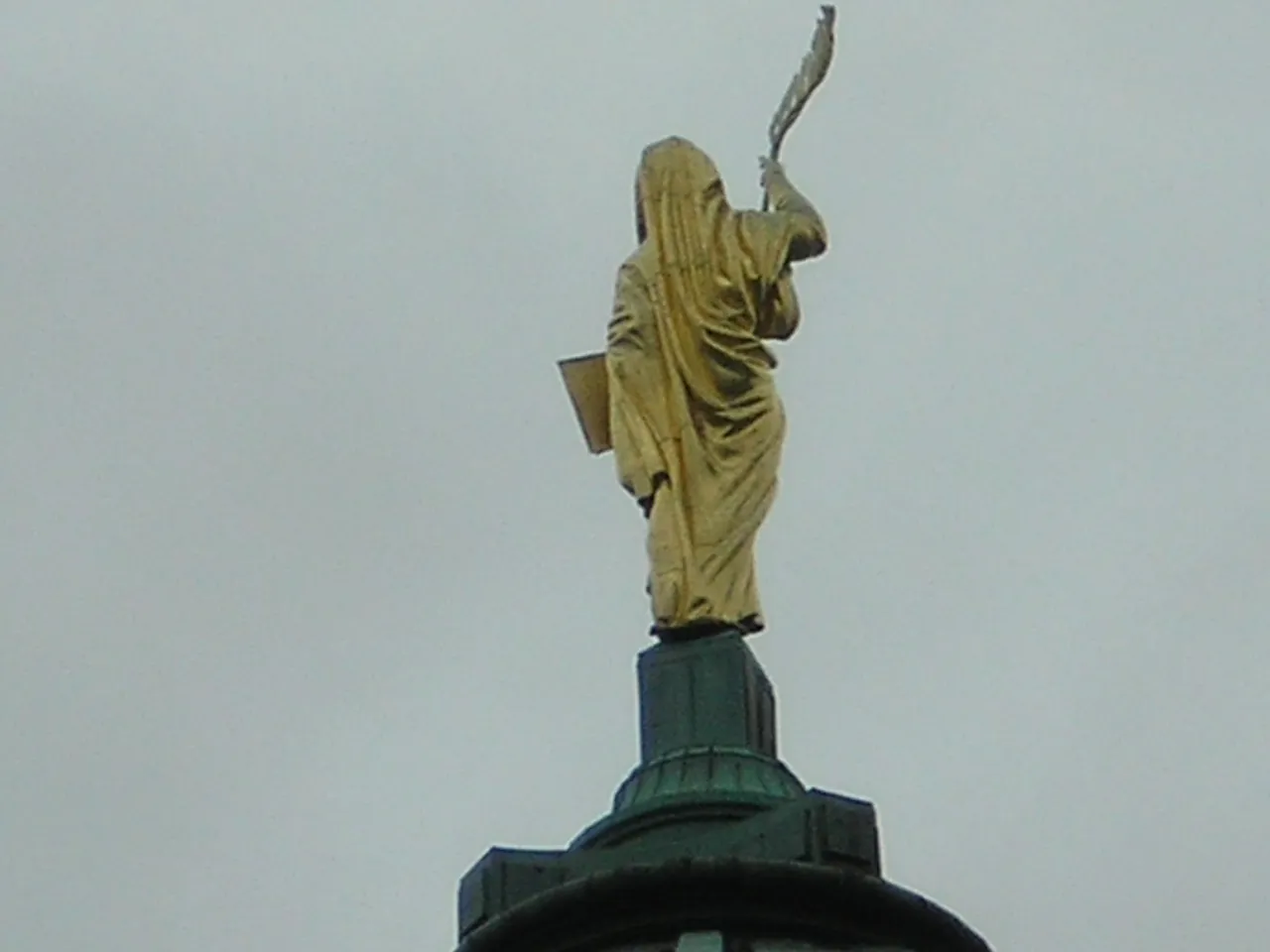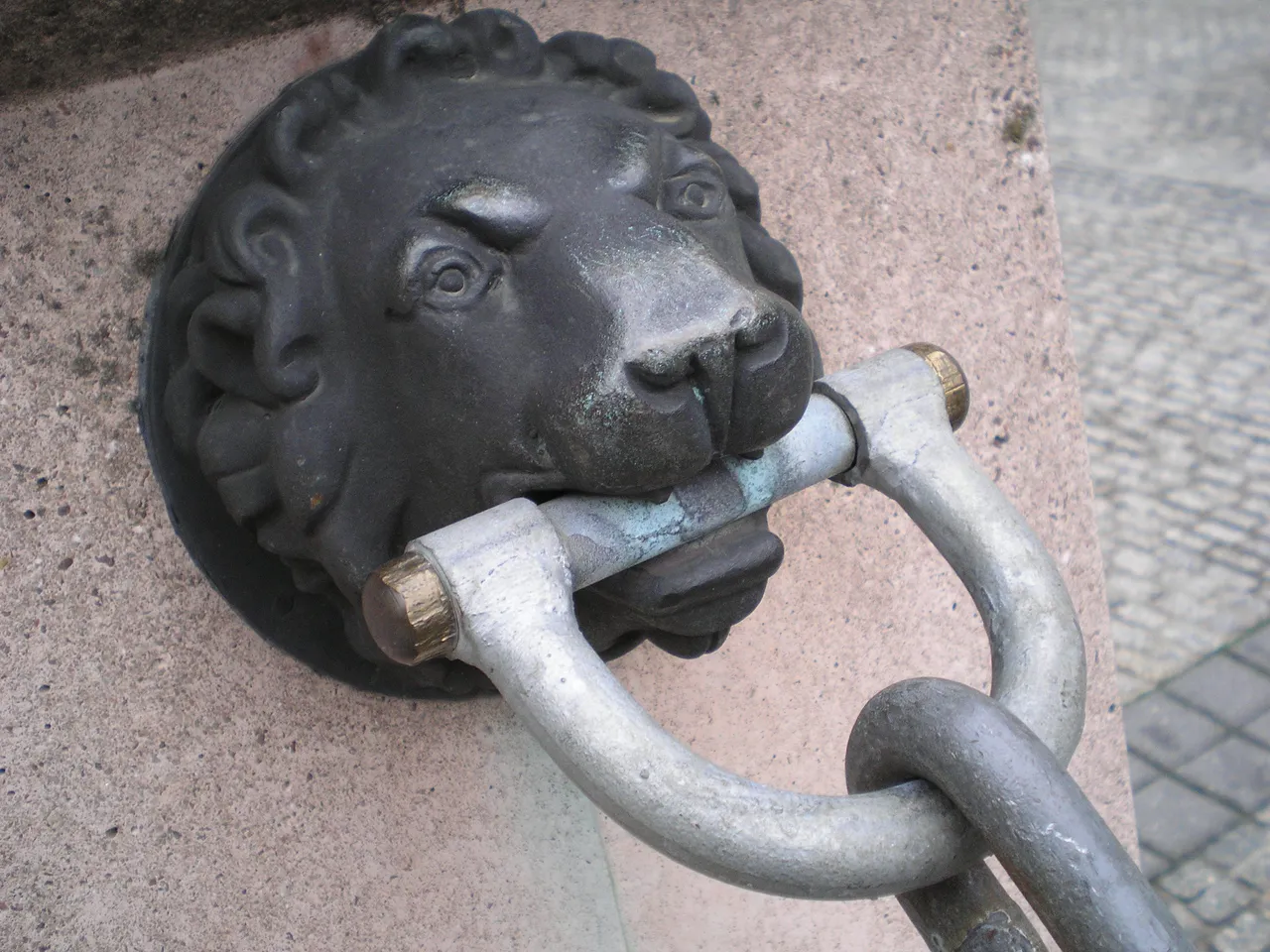
It is very difficult, almost impossible, to visit Berlin in a short time. It is not one of those cities that you can visit without worries, thinking only of shopping and visiting shopping malls.
Berlin is a piece of history, a piece of the wall that has fallen and a piece of the wall that remains and is alive in every inhabitant.
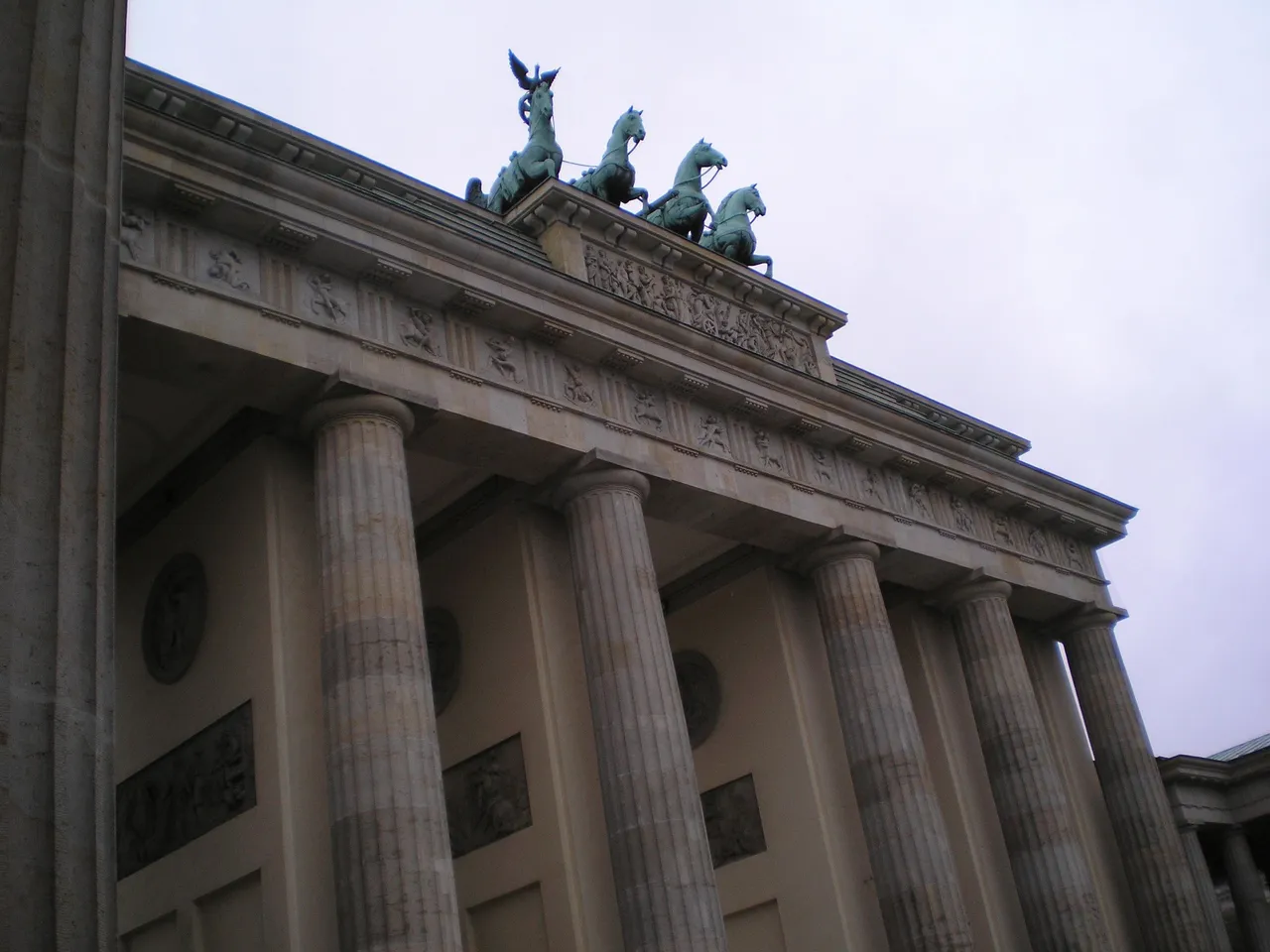
Berlin is the capital of a Germany that for decades was the guide and emblem of all Europe, symbol of the post-war renaissance, that reminds you everywhere of its greatness, but whose identity you do not quite understand. These photos are from the first time I visited Berlin. Others followed. But the first image is striking.
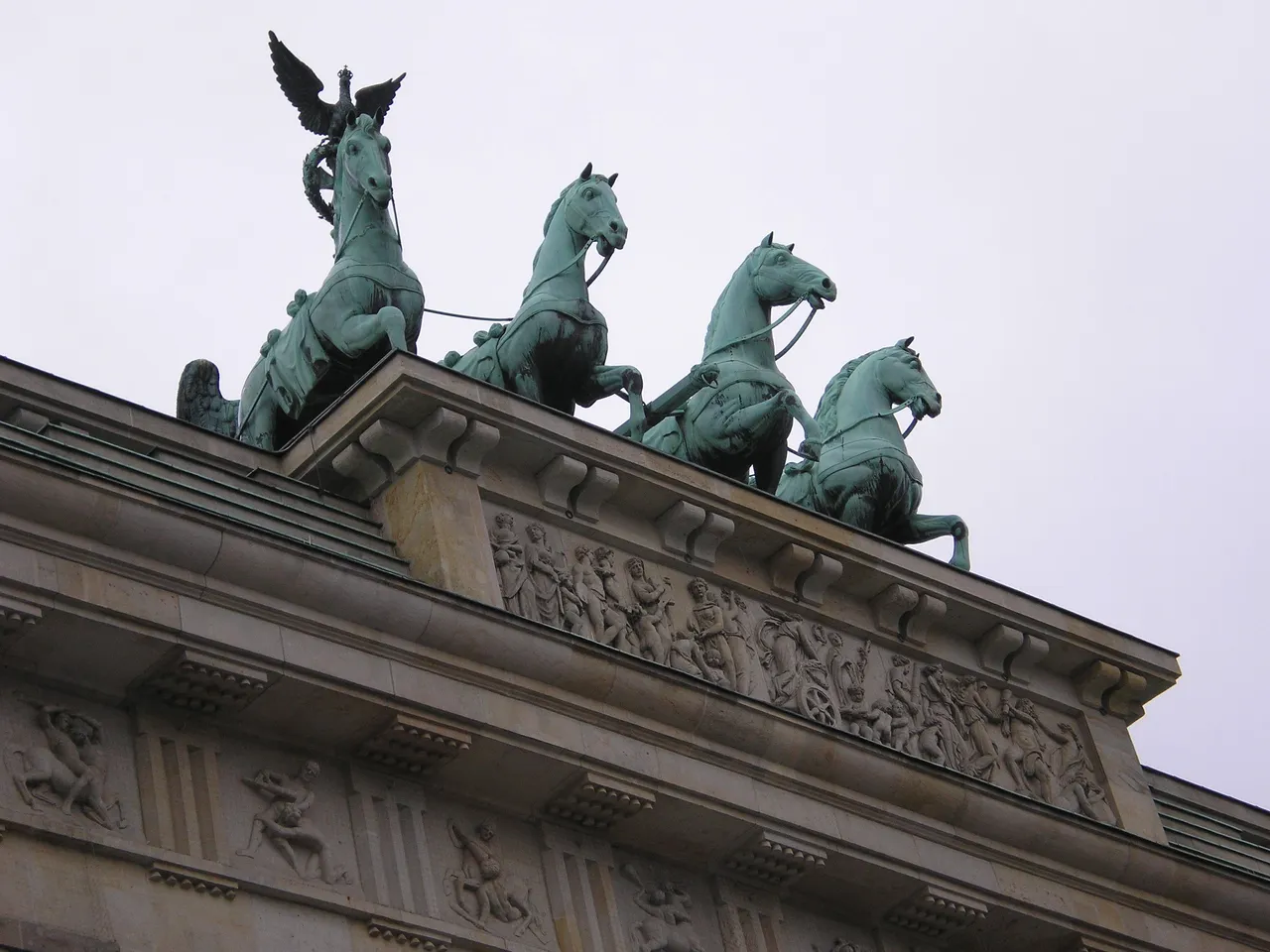
Immense, almost four million inhabitants, I have chosen to divide this trip into several parts, the first of which is dedicated to the city center.
And within the center the first must-see is the famous Brandenburg Gate, then we visit the Gendarmerie Hermitage (the ) and the Reichstag -reconstructed- the main building seat of power in Germany during the Nazi regime of Adolf Hitler.
Through the different points of reference visited we can observe many characteristics of the city, cradle of imperial Prussia, of the Nazi regime, of the Cold War and its relationship with Russia and the USA in a divided Germany and of the most modern times, which have allowed the German capital to take on a color of its own.
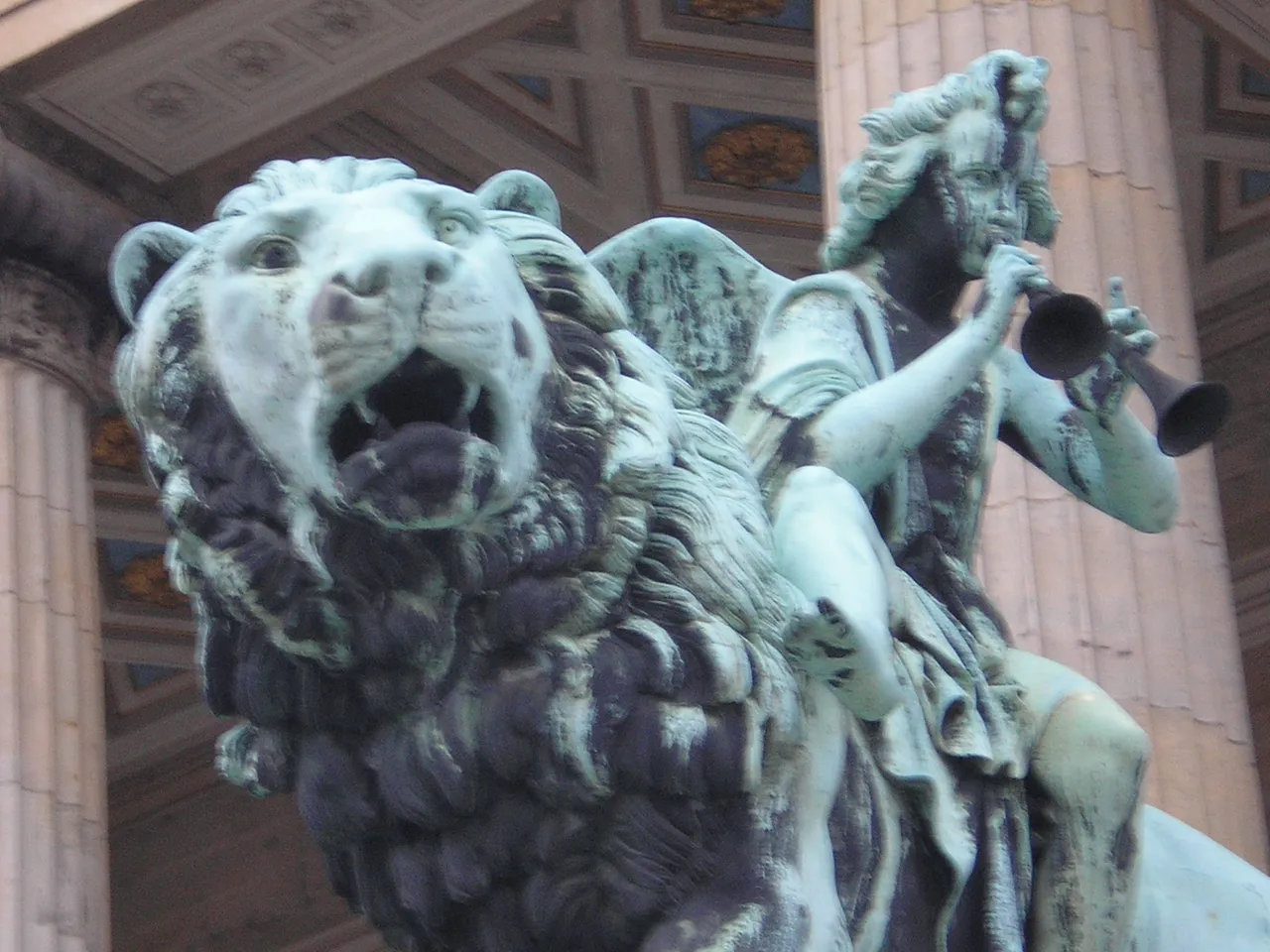
Berlin is, perhaps, the European capital that has been able to adapt to the changes of ideologies, empires, murals and wars.
Built on a swamp, infertile and shifting land, surrounded by a forest where the main animals were bears (hence the symbol of the city), it has been able to survive time and again to all adversities.
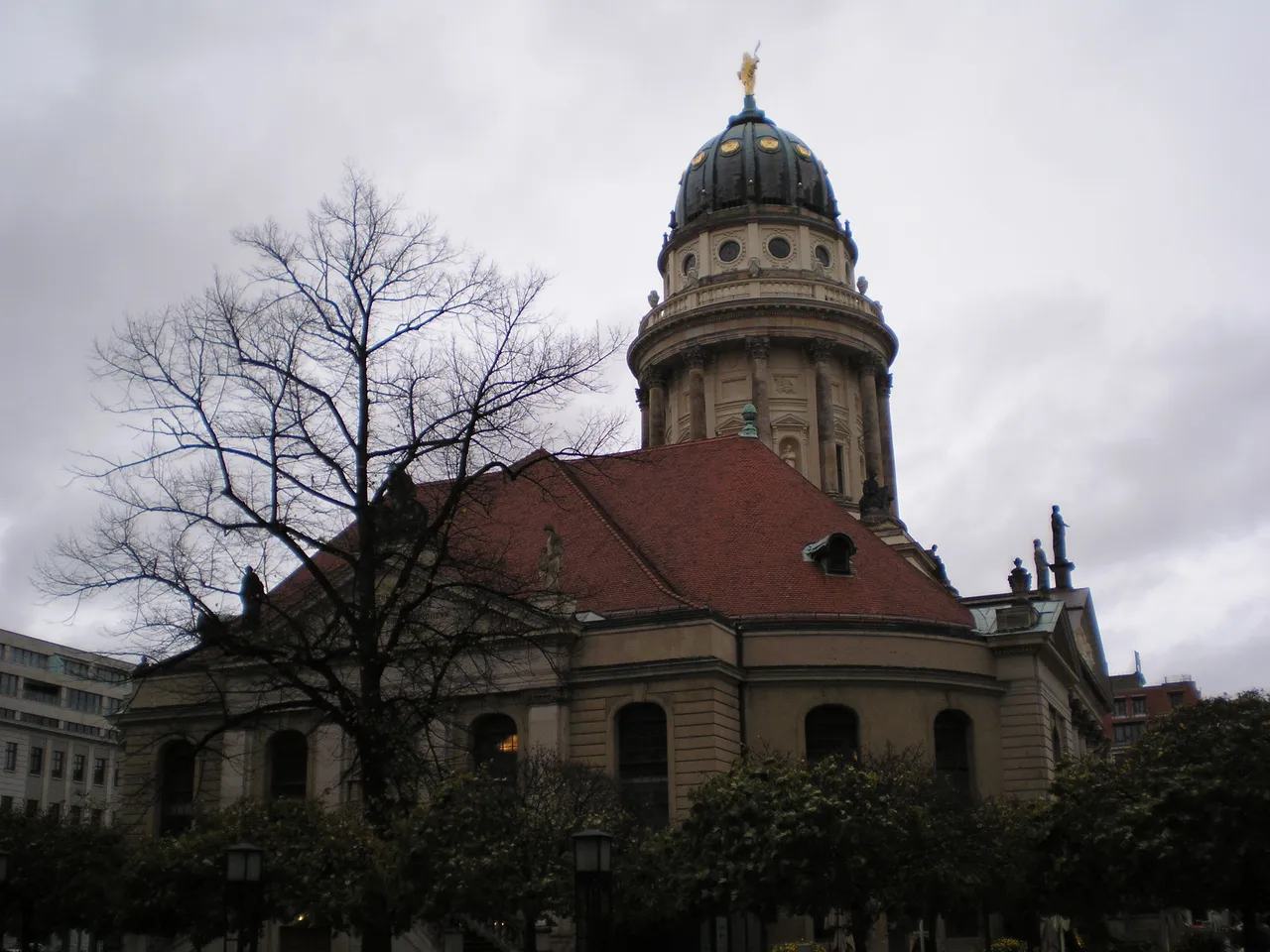
Es muy difícill, casi imposible, visitar Berlín en poco tiempo. No es una de esas ciudades que se pueden visitar sin preocupaciones pensando solo a hacer compras y visitar galerías comerciales.
Berlín es un pedazo de historia, un trozo del muro que ha caído y un trozo del muro que permanece y que está vivo en cada habitante.
Berlín es la capital de una Alemania que por décadas fue la guia y el emblema de todo Europa, símbolo del renacimiento postbélico, que te recuerda por todas partes su grandeza, pero cuya identidad no acabas de comprender. Estas fotos son de la primera vez que visité Berlín. Después siguieron otras. Pero la primera imagen es impactante.
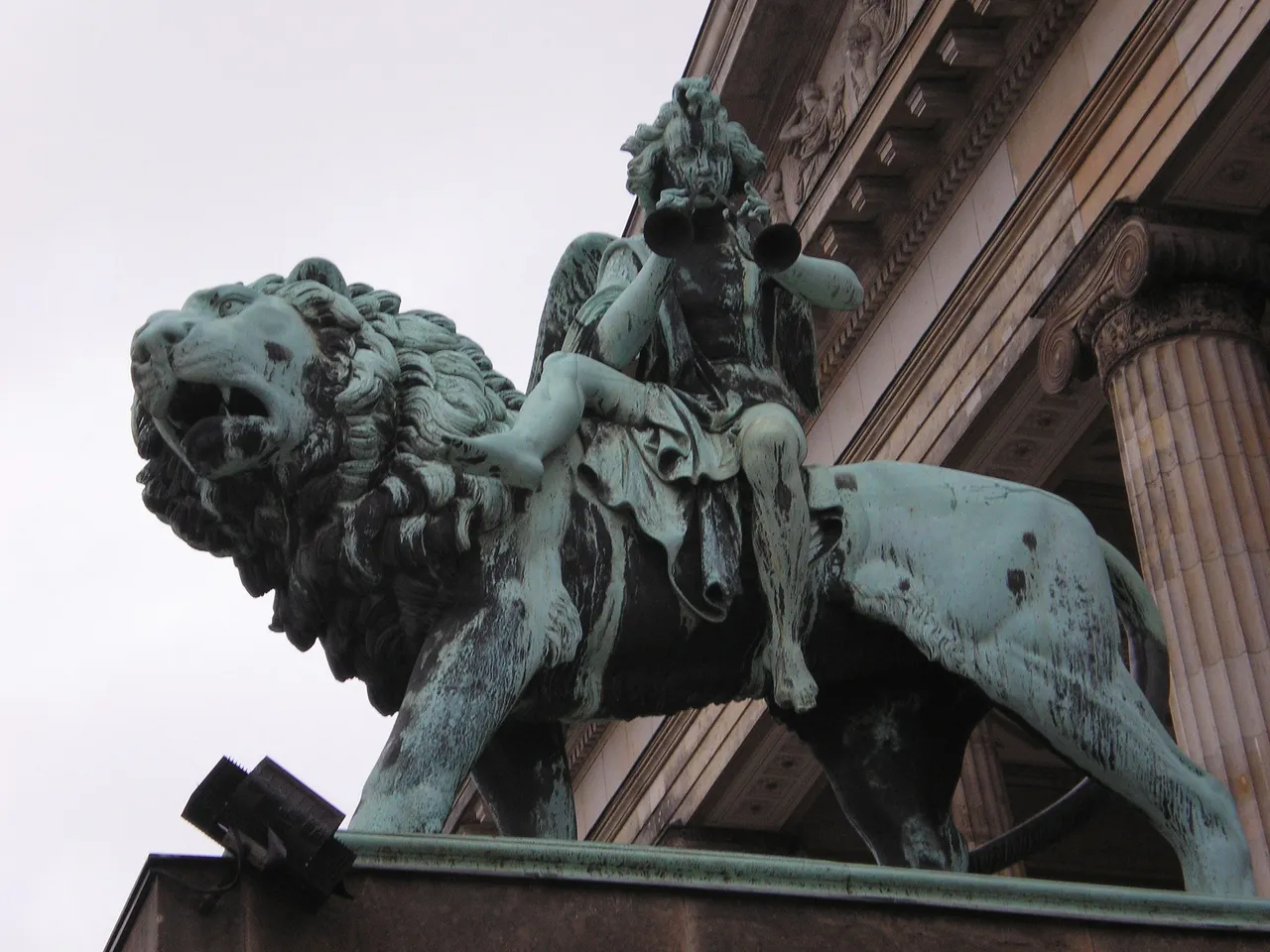
Inmensa, casi cuatro millones de habitantes, he optado por dividir este viaje en varias partes, la primera de las cuáles está dedicada al centro de la ciudad.
Y dentro del centro la primera visita obligada es la famosa Puerta de Brandeburgo, luego visitamos en Lermado de la Gendarmería (el ) y el el Reichstag -reconstruído- el principal edificio sede del poder en la Alemania del régimen nazista de Adolf Hitler.
A través de los distintos puntos referenciales visitados podemos observar muchas características de la ciudad cuna de la Prusia imperial, del régimen nazi, de la Guerra Fría y su relación con Rusia y los USA en una Alemania dividida y de las más épocas modernas, que le han permitido a la capital alemana ir tomando un colorido propio.
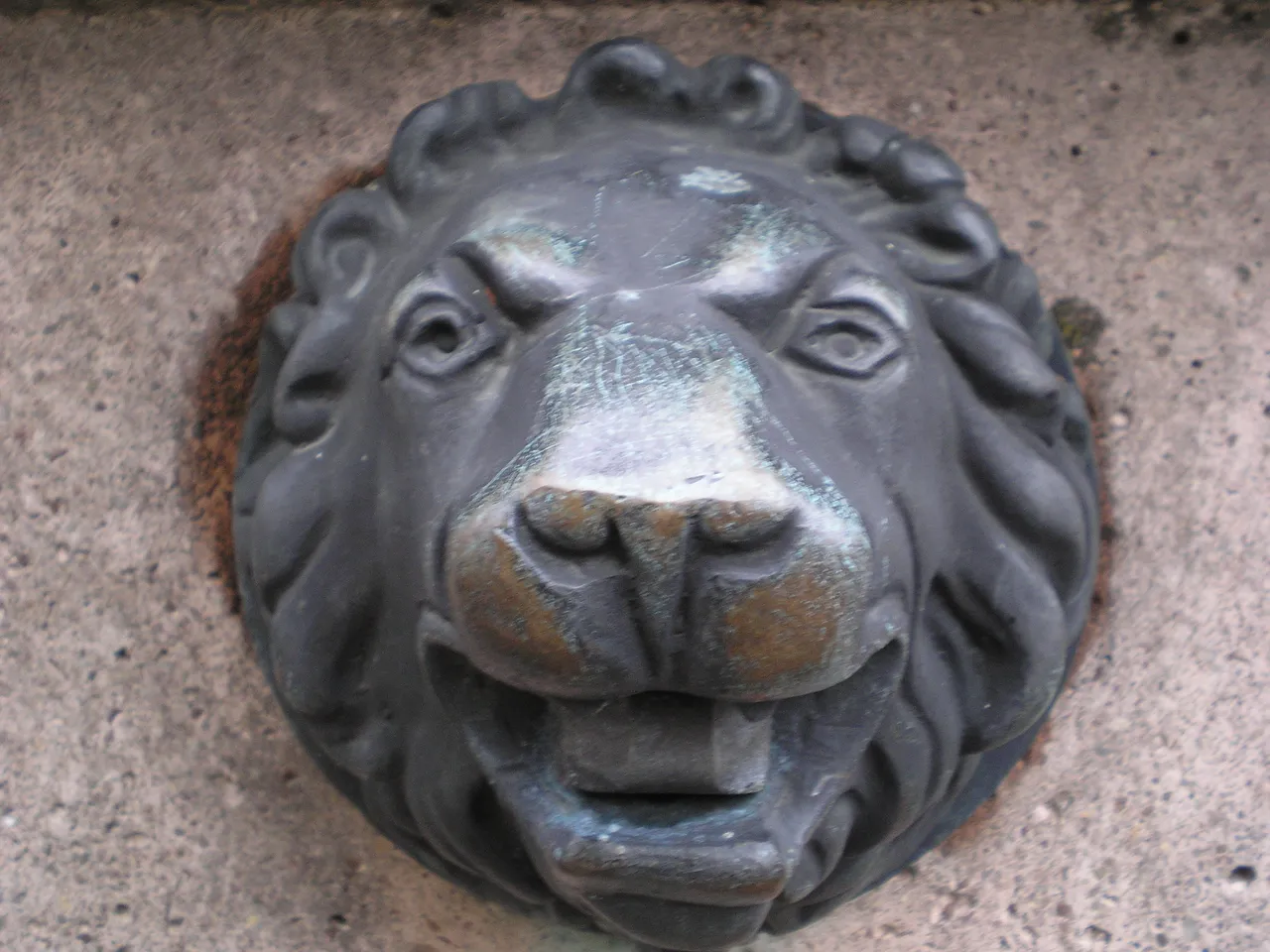
Berlín es, tal vez, la capital europeo que más ha sabido adaptarse a los cambios de ideologías, imperios, murales y guerras.
Edificada sobre un pantano, tierra infértil y movediza, rodeado de una foresta donde los principales animales eran los osos (de ahí el símbolo de la ciudad), ha sabido sobrevivir una vez y otra vez a todas las adversidades.
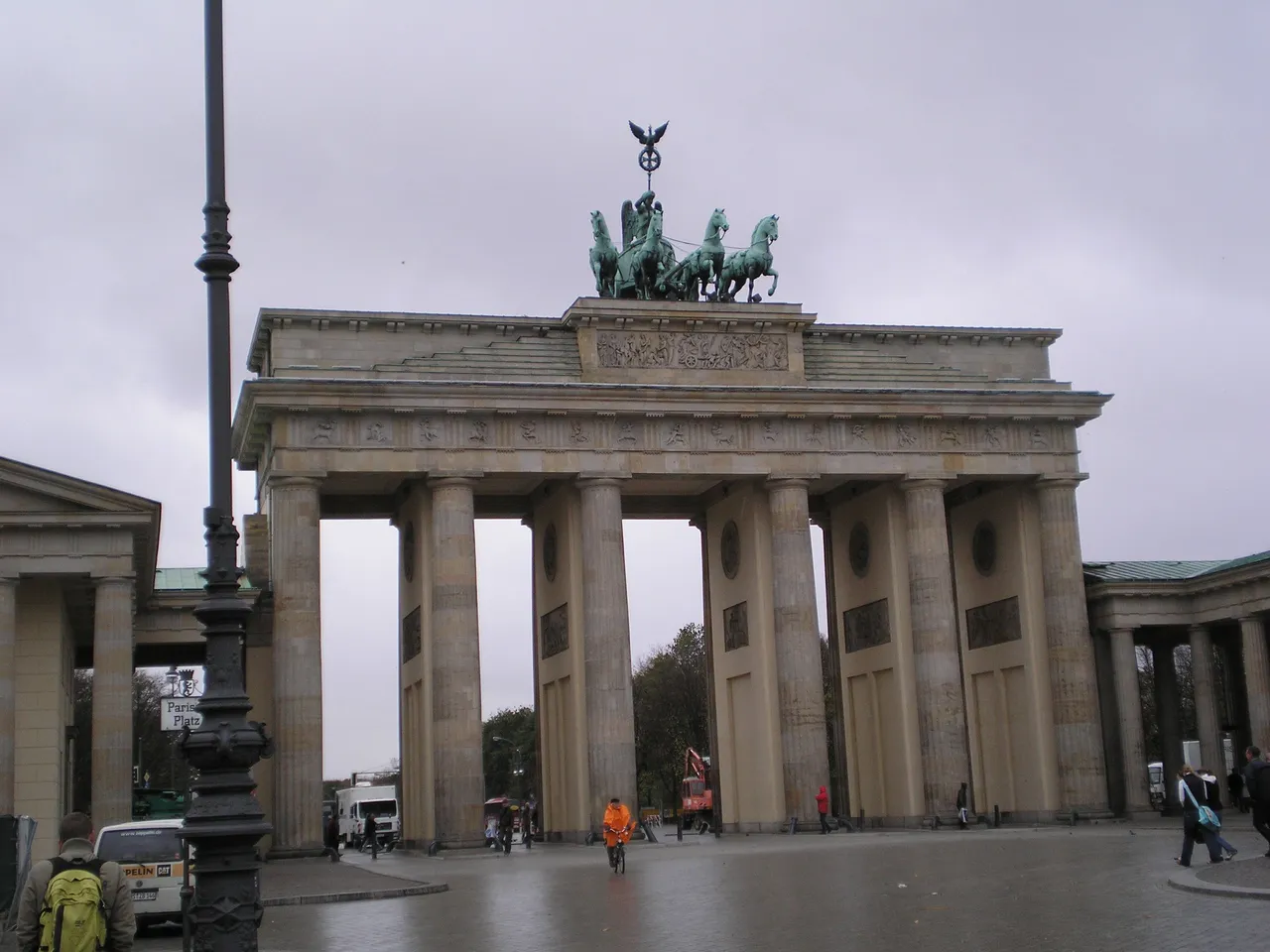
The Brandenburg Gate. / La Puerta de Brandeburgo.
Visiting the German capital and not crossing the Brandenburg Gate is more or less like going to Rome and not visiting the Colosseum. Or going to Paris and not stopping at the Eiffel Tower.
It is a classic postcard and absolutely unmissable in any visit to Berlin, an icon of the city and an amazing architecture that recalls the triumphal marches in different centuries of the German people.
The Brandenburg Gate is one of the most important monuments of Berlin, symbol and landmark for more than two centuries. A symbol of power but also of division, visitors - until a few years ago - climbed up to its observation platform to look beyond the Iron Curtain, beyond the no-man's land that separated - geographically and politically - East and West Berlin, at the time when the Berlin Wall divided East Berlin from Bonn.
The then President von Weizsacker (when the US President was Ronald Reagan in 1987) had said: "As long as the Brandenburg Gate remains closed, the German question will remain open."
The imposing monument was erected between 1788 and 1791 and was inspired by the Acropolis in Athens.
Architectural details such as the Quadriga, which stands above the gate, is an imposing sculpture by Johann Gottfried Schadow depicting the Winged Victory, visible from a great distance.
Stolen by Napoleon and taken to Paris, it was finally restored before the outbreak of the First World War.
The intense bombings that ravaged Berlin during the Second World War damaged the monument but did not destroy it completely.

Visitar la capital alemana y no cruzar la puerta de Brandemburgo es más o menos como ir a Roma y no visitar el Coliseo. O ir a París y no deternerse en la Torre Eiffel.
Es una postal clásica y absolutamente infaltable en cualquier visita a Berlín, un ícono de la ciudad y una arquitectura asombrosa que recuerda las marchas triunfales en distintos siglos del pueblo alemán.
La Puerta de Brandeburgo es uno de los monumentos más importantes de Berlín, desde hace más de dos siglos símbolo y punto de referencia. Símbolo de poder pero también de división. los visitantes -hasta hace unos años atrás- subían a su plataforma de observación para mirar más allá del Telón de Acero, más allá de la tierra de nadie que separaba -geográfica y políticamente- a Berlín Oriental y Occidental, en la época que el Muro de Berlín dividía a ésta de Bonn.
El entonces presidente von Weizsacker (cuando el presidente de los USA era Ronald Reagan en 1987) había dicho: "mientras la Puerta de Brandemburgo permanezca cerrada, la cuestión alemana seguirá abierta"
El imponente monumento fue erigido entre los años 1788 y 1791 y fue inspirada en la Acrópolis de Atenas.
Los detalles arquitectónicos como la Cuadriga, que se encuentra encima de la puerta, es una imponente escultura obra de Johann Gottfried Schadow que representa la Victoria Alada, visible desde una gran distancia.
Robada por Napoleón y llevada a París fue finalmente restituída antes de iniciar la Primera Guerra Mundial.
Los intensos bombardeos que asolaron Berlín durnate la Segunda Guerra Mundial daáron el monumento pero no llegaron a destruirlo totalmente.
The Reichstag, the German Parliament.
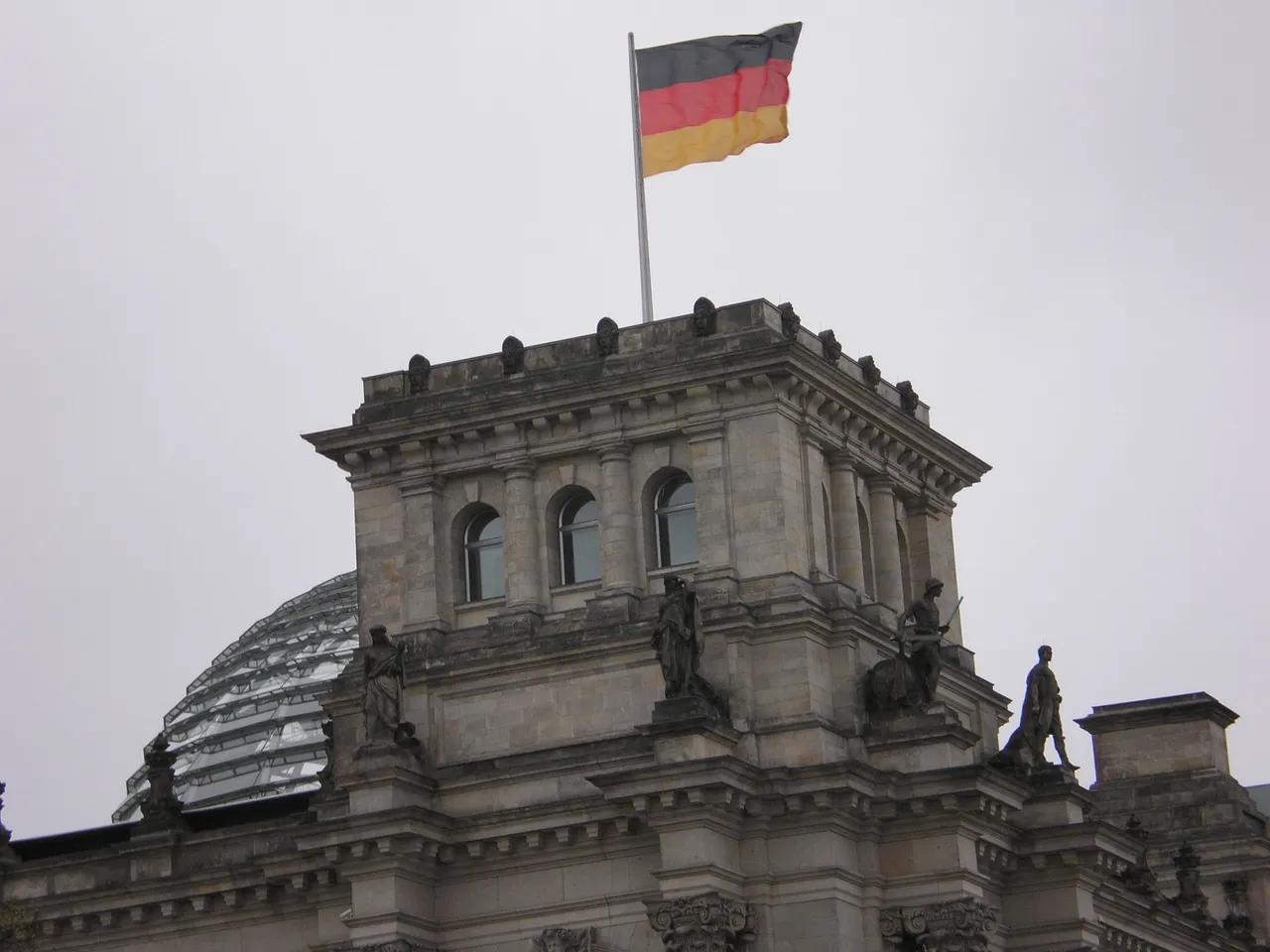
Another must-see is the Reichstag, the German parliament, where the main attraction is its huge dome.
It gives a certain impression to observe the rest of the palace through its transparent floor and the rest of Berlin through its glass dome.
In 1990, with reunified Germany, it was decided to choose the Reichstag as the parliamentary seat of the capital of Germany.
The building we see today is the result of a complete and spectacular restoration.
Its origin as the seat of the parliament of the empire dates back to 1884, after the achievement of national unity and the birth of the German Empire, or Reich (1871) under the watchful eye of Kaiser Wilhelm II of Prussia.
The building includes Renaissance and classical motifs such as the facade with its parapet and colonnade and the modern glass and steel dome.
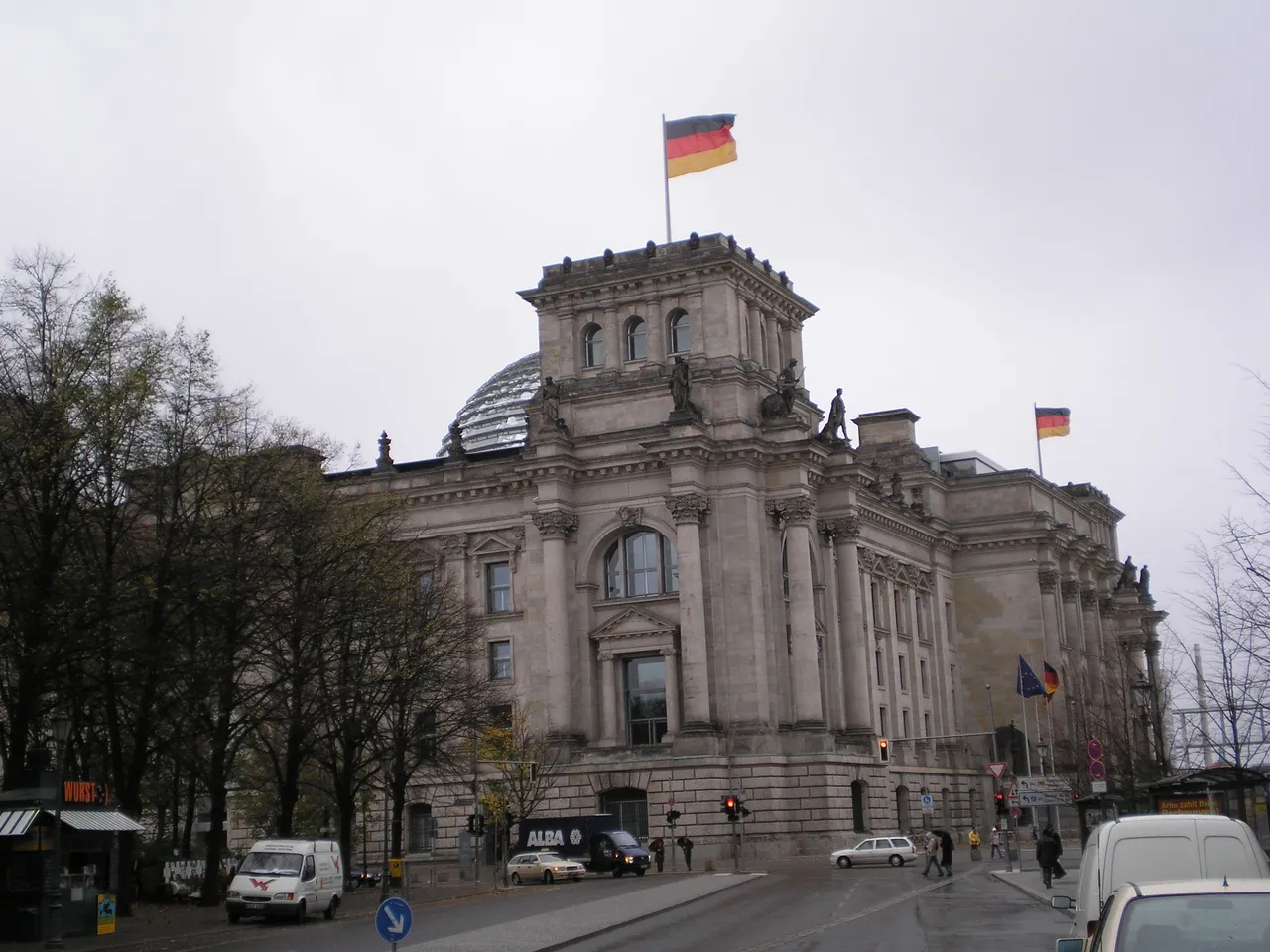
Otra visita obligfada es el Reichstag, el parlamento alemán, donde el principal atractivo es su enorme cúpula.
Da una cierta impresión observar el resto del palacio a través de su piso transparente y el resto de Berlín a través de su cñpula de vidrio.
En el año 1990, con Alemania reunificada, se decide elegir el Reichstag como sede parlamentaria de la capital de la Alemania.
El edificio que vemos en la actualidad es la obra de una completa y espectacular restauración del mismo.
Su origen como sede del parlamento del imperio es de 1884, tras la consecución de la unidad nacional y el nacimiento del Imperio Alemán, o Reich (1871) bajo la atenta mirada del Kaiser Guillermo II de Prusia.
El edificio incluye motivos renacentistas y clásicos como la fachada con su antepecho y columnata y la moderna cúpula de cristal y acero.
Fernsehturm, the Communications Tower. / Fernsehturm, la Torre de Comunicaciones.
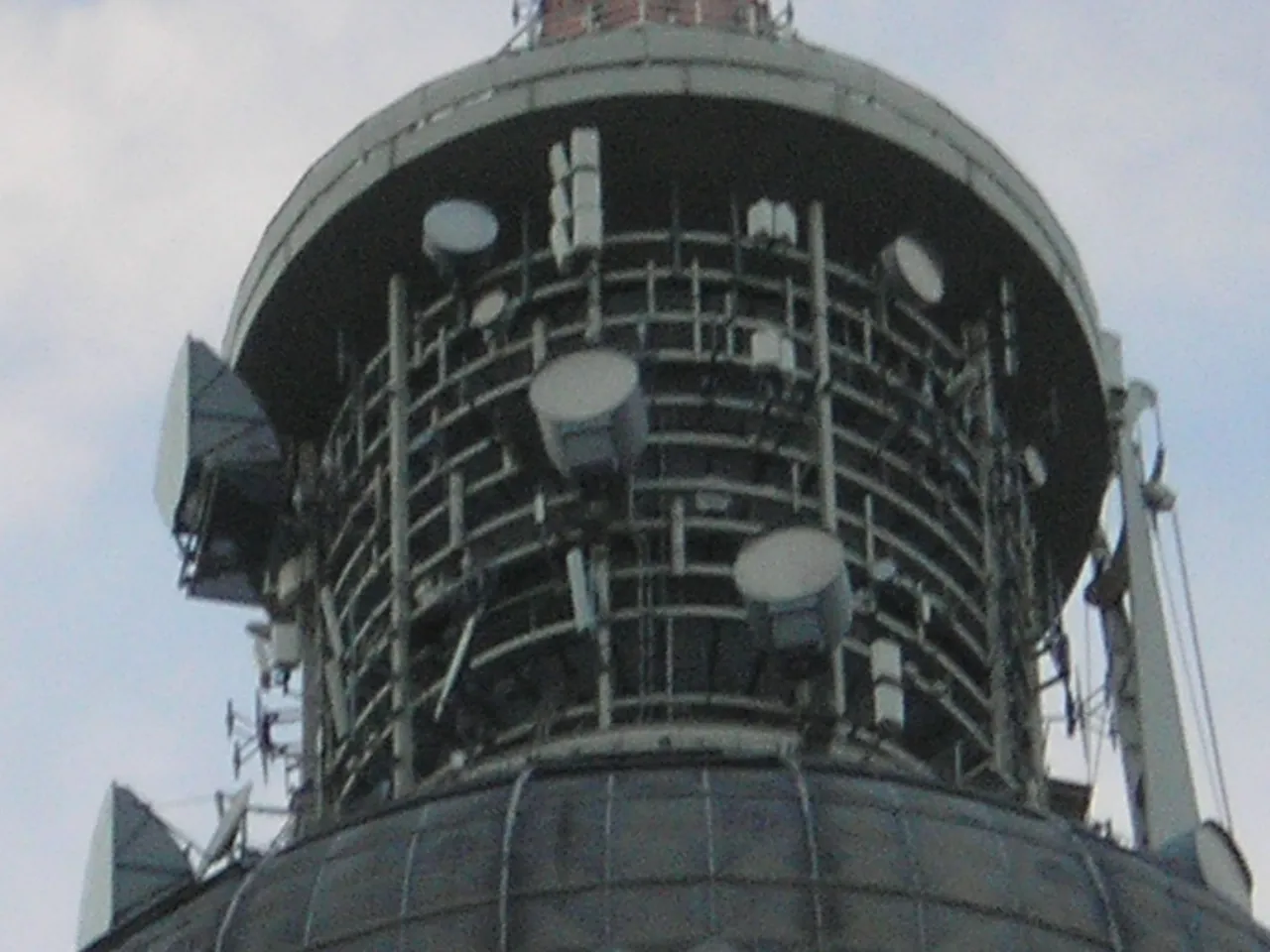
Another symbol of Berlin is the Fernsehturm, the Communications Tower, the tallest building in Berlin, 365 meters one meter for every day of the year.
It is actually still today the symbol of the former Soviet power and an icon of the importance of communications.
Construction of the tower began in the 1950s but was completed only in 1969. It was intended to be the tallest television tower in Europe. And second only to the Moscow tower.

Ideologically the tower also represented a kind of "autonomy" from the interference of the Western world and especially the USA.
Today, the tower is a popular attraction for tourists and Berliners, with more than one million visitors a year. The elevator reaches a height of 200 m in 40 seconds.
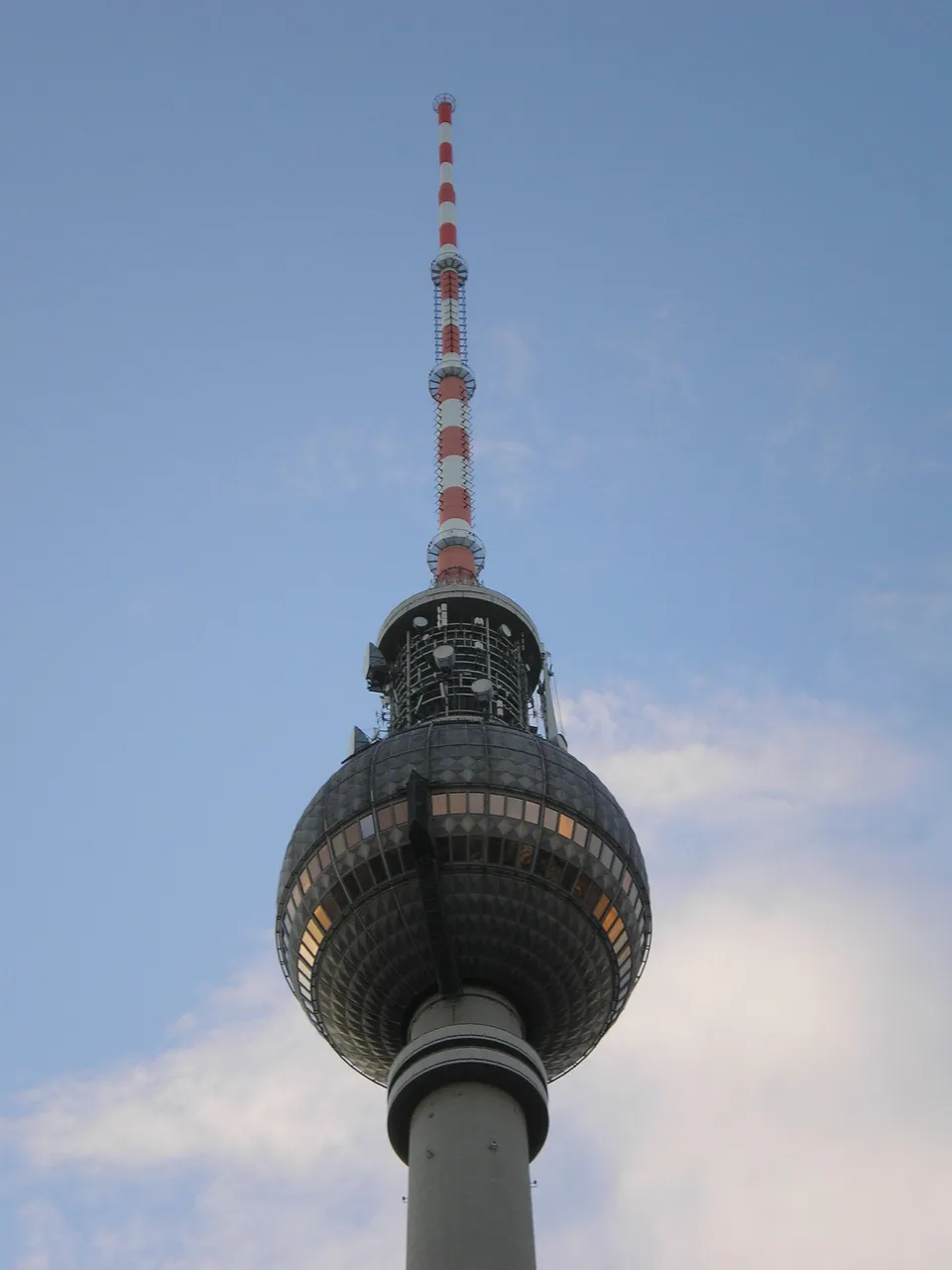
Otro símbolo de Berlín es la Fernsehturm, la Torre de las Comunicaciones, el edficio más alto de Berlín, 365 metros un metro por cada día del año.
En realidad es aún hoy el símbolo del antiguo poder soviético y un icono de la importancia de las comunicaciones.
La torre comenzó a construirse en los años 50 pero se terminó recién en 1969. Su objetivo era ser la torre televisiva más alta de Europa. Y en segundo lugar detrás de la torre de Moscú.
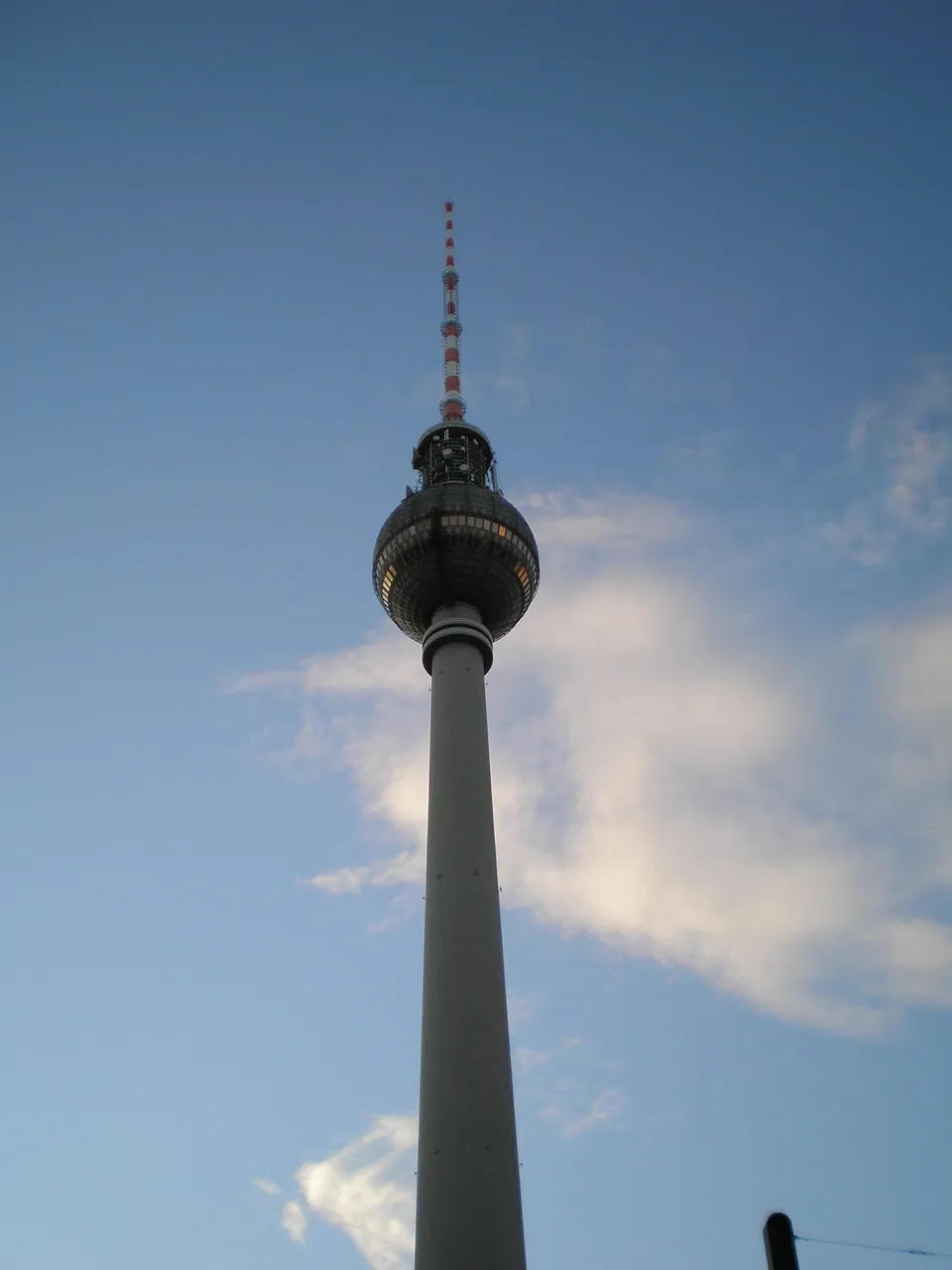
Ideológicamente la torre también representaba una especie de "autonomia" de la injerencia del mundo occidental y especialmente de los USA.
Hoy en día, la torre es una atracción popular para turistas y berlineses, con más de un millón de visitantes al año. El ascensor alcanza una altura de 200 m en 40 segundos.
Other images from the center of Berlin / Otras imágenes del centro de Berlin.
